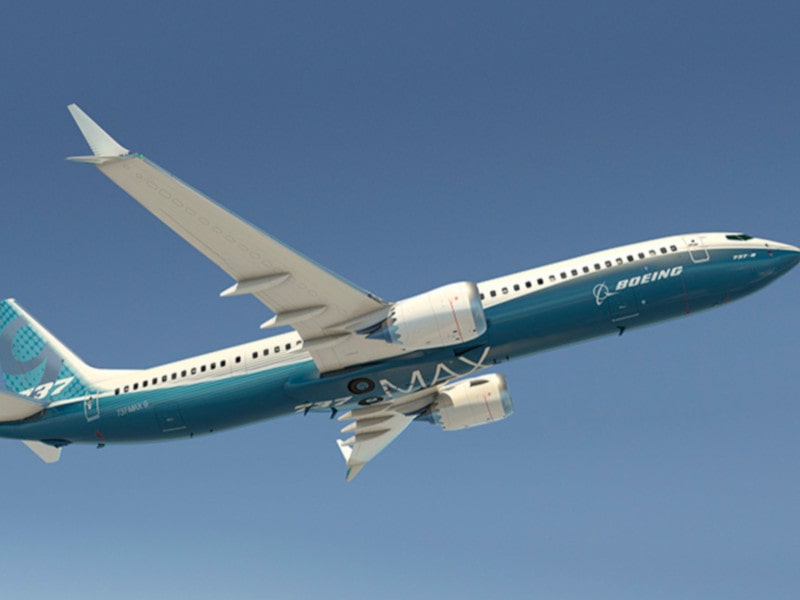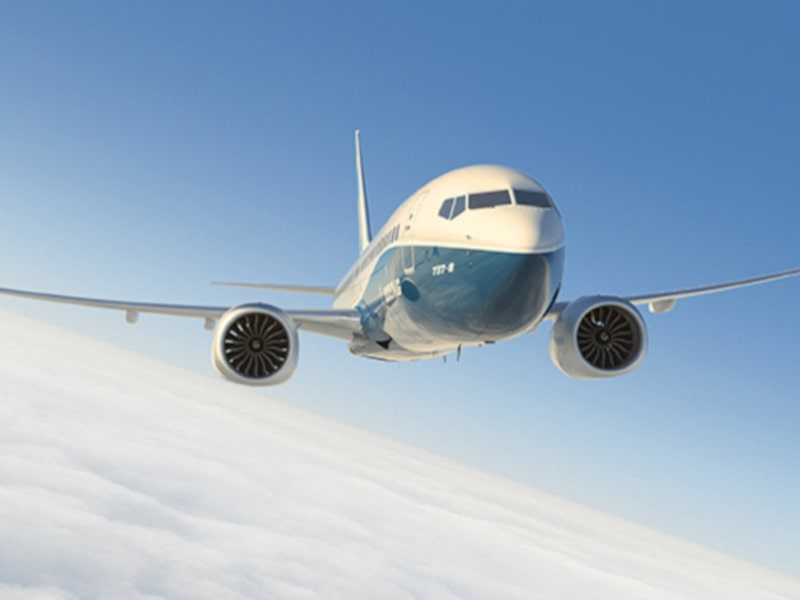Expert: software update will not help marriage in the glider "Boeing"

In order to place newer and larger engines on the plane, Boeing decided to move them forward. This changed the aerodynamics of the aircraft. To compensate for this, Boeing added one sensor and software update: MCAS .
The 737 MAX saga with the Boeing is a worthy example of engineering incompetence as well as engineering ethics — more precisely, its absence.
There were new details of what the Boeing 737 engineers were experiencing competitively due to the fact that the manufacturer was trying to prevent the departure of major US airlines to its competitor Airbus. In the European consortium, the competition for Boeing's flagship product was a new model from Airbus, the A320neo . American carriers, for example, American Airlines, were preparing to switch to a model from the Airbus with a greater range of flight.
In response, Boeing released an updated, according to the company, version of the 737th workhorse, equipped with larger CFM LEAP engines, giving greater flight range and greater efficiency. But because of the enlarged engines, the Boeing engineers had to push them further forward to the front edge of the wing so that the clearance of the device would not become too small.
')
This decision meant that the 737 MAX would try to increase the pitch angle during acceleration or at a high angle of attack — the angle between the wing and the direction of flight. The problem with the nose breaking, which had to be solved for certification, was decided to be fixed with the help of the MCAS software.
Critics considered that a different arrangement of engines makes the 737 MAX, in fact, a different plane, with different control characteristics, and this requires a new control software and pilot training. As a result, the re-certification process, which Boeing sought to avoid due to competition, would be too long and expensive.
In fact, critics say that in response to a threat from Airbus, Boeing reduced the level of passenger safety to “middle seat in economy class,” and financial considerations “raised to first class.” The Boeing Company denies this.
Among the critics of Boeing is Gregory Travis, a programmer with experience and a pilot with a PPP certificate, who managed aircraft simulators right up to Boeing 757. Travis published criticism related to the fiasco that 737 MAX suffered last week. In conclusion, he wrote: “Most likely, MCAS, originally added to increase security, has already killed more people than it could have saved. It does not need to be “corrected” with the help of even greater complexity and an increase in the number of programs. It needs to be completely eliminated. ”
“Confusing” solutions
In an interview, Travis said that “what confuses me most is how this could have happened at all” with a commercial aircraft manufacturer with a long history of safety and reliability, as well as an excellent engineering reputation.
Travis is not in doubt about the assessment of the Boeing 737 MAX. “This is an unreliable enclosure. It is necessary to fix the body, but it cannot be fixed without moving the engines back and away from the current location.
The main problem of the scheme with the engines put forward is that “since he began to increase the pitch angle, he wants to go on and on,” said Travis. “This is very bad,” he continued, as an increased pitch angle increases the angle of attack.
This is where the MCAS came from, implemented using the 737 MAX software on a flight computer. Using a single sensor, the MCAS had to correct what turned out to be a fatal error in the design, dropping the nose of the aircraft based on data from this single sensor. Travis insists that the pilots of the two tragic 737 MAX flights could not overcome the work of this system, no matter how hard they pulled the control stick. The only way to turn off the system was to activate the interrupter, the button of which should have been visible on the 737 MAX control panel [ in fact, nobody knew about this option at all . trans. ].

Boeing hung engines to the body, the size of which has not changed. And with this model, the engines almost hit the runway.
The company offered a single attack angle sensor as standard equipment and took additional money for the second sensor along with a “cancel” indicator that would allow 737 MAX pilots to “check” the failed sensor. Describing such solutions, another observer noted: “Who develops a system with a single point of failure at all?”
The EE Times sent a PDF to Boeing with an analysis of Travis and his conclusion that the manufacturer had solved the case problem with the cheapest way to obtain federal certification.
A Boeing spokesman declined to comment on this analysis, citing the fact that investigations into two accidents with the aircraft of Lion Air and Ethiopian Airlines are still under way. Instead, the publication pointed to several public statements about the accident.
In fact, Travis regrets the “cultural laziness” that prevails in the software development community, which slowly penetrates such critical systems as flight computers. “By laziness, I mean that people are less and less trying to make the right and simplest design,” he wrote. “I think the responsibility should start to bear where it arises.”
Incompetence or unethical?
Does the precautionary history of the Boeing 737 MAX relate to the ethics of engineering solutions - according to engineering ethics, everything needs to be done right the first time, to make sure that critical systems work with five nines reliability (99.999%) and are over-insured .
“The whole thing may be incompetent engineers,” concludes Travis.
Either that or the pressure from competitors forced Boeing, in fact, to conceal the existence of the MCAS system in order to avoid a long re-certification process, which requires thorough re-training of pilots on new expensive simulators. All this would raise the cost of each instance of the aircraft in the millions of dollars, noted Travis, and would reduce the chances of Boeing to win the competition with the Airbus 320neo.
The tragedies from 737 MAX evoke engineering solutions that led to the disaster with the Challenger shuttle in 1986 and the Apollo 1 fire in 1967. The rush of Boeing in response to calls from competitors reminded Travis and others of such a curse of group thinking , as the “launch fever”, which during the development of the Apollo project led to the death of a team of three astronauts during ground tests at the launch complex. In that episode, the security teams were neglected to keep the schedule.
Engineering solutions of the company Boeing, in a hurry to develop 737 MAX, led to the death of 347 people.
Travis expects Boeing to now have two choices. “I fully accept the scenario where they will no longer sell these planes.” But it is more likely that in the coming days we will hear an announcement that the manufacturer fixes the MCAS software so that it processes the input data from several attack angle sensors.
In any case, concludes Travis, "Now there are programs between man and machine."
Source: https://habr.com/ru/post/446064/
All Articles